Radically improve key performance indicators.
Getting more traffic but not seeing an increase in sales? Then, you should consider conversion rate optimisation.
Most clients and agencies focus on driving traffic, not converting it. This just doesn’t make sense. Especially when you consider that the average conversion rate for big brand ecommerce stores is only 2-3%.
For every $100 spent on driving traffic to websites, companies spend just $1 converting that traffic into business.
Forrester Research
What’s more, unless you know your niche’s average conversion rate you may think you’re doing ok. But the truth is, lead generation websites differ greatly dependent on the sector.
For example, the conversion rates for not-for-profit websites is around 2% whereas for financial services it’s around 10%. That’s why it’s so important to benchmark your conversion rate against your direct competitors.
Trusted by
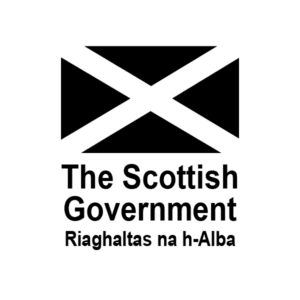
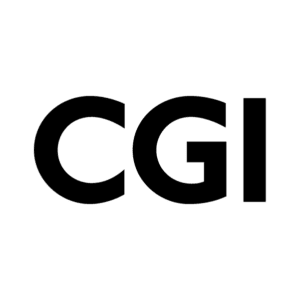

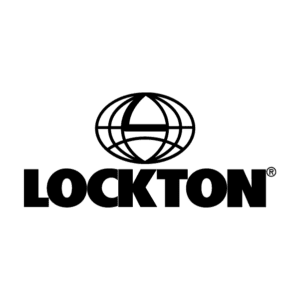


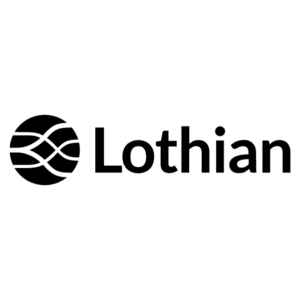
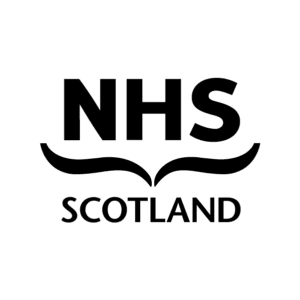
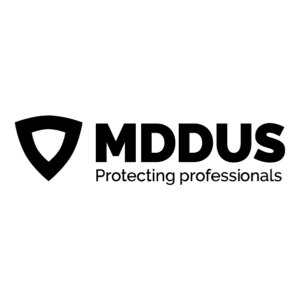

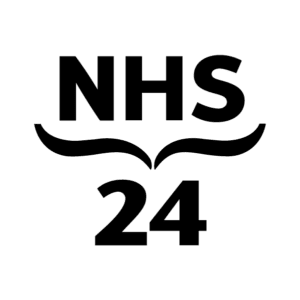

What is conversion rate optimisation?
Conversion rate optimisation (CRO) is a process used to increase the proportion of visitors that complete a specific task or action. Generally, this relates to financial or data transactions but what that task or action is, doesn’t really matter. It could be:
- Completing an online purchase
- Successfully submitting a form
- Downloading a document
Even though CRO is a recent digital marketing term. It’s based on a well-established process: user centred design.
Does conversion rate optimisation really work?
There’s no doubt that most websites could drastically improve their conversion rates. For many, the opportunity/cost of conversion rate optimisation isn’t worth it. But for some, the rewards can be truly staggering.
Unfortunately, no website is the same. The key to success is having an intimate understanding of your specific users. After all people are influenced by a wide range of things before they convert. Some you can influence, e.g. the usability of your website, the relevance of your content or the effectiveness of your cross-channel marketing. Some you can’t, e.g. the perception of an industry sector, the seasonal nature of sales or other environmental factors that are out with your control.
So, the key is to understand what impact each of these factors has. Only then can you create strategies to reach and successfully convert different customers at different stages in their research and purchasing process.
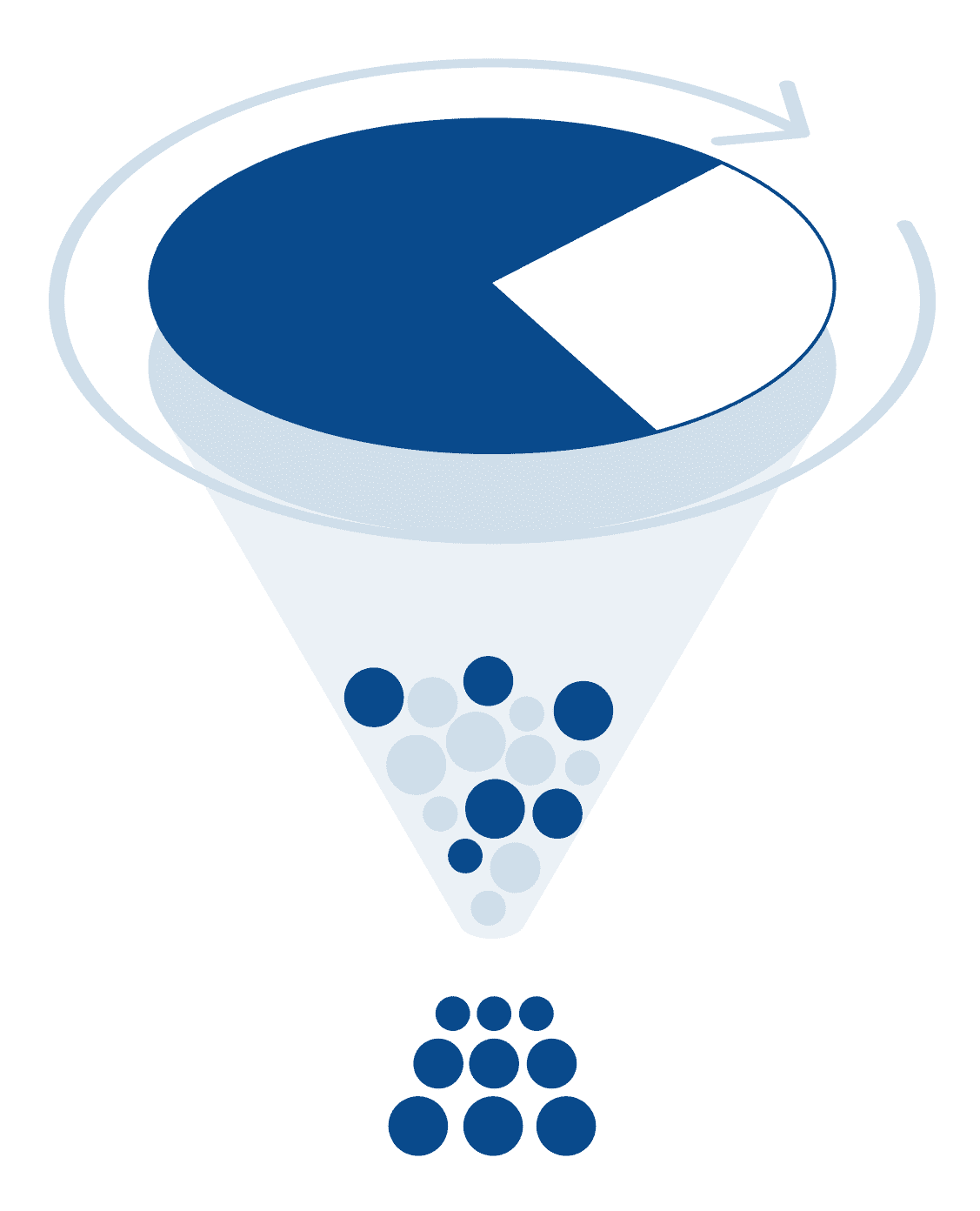
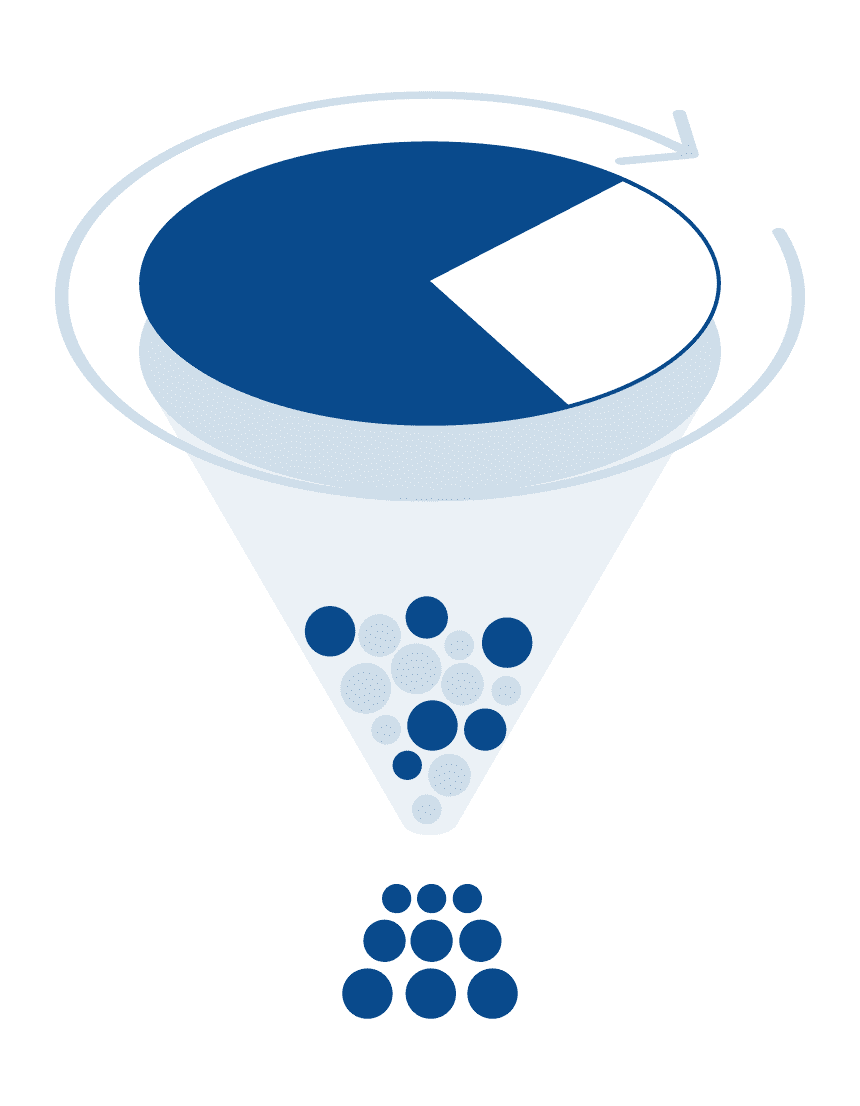
Key benefits of conversion rate optimisation
Rapidly identify and resolve issues.
Improve KPIs and conversion rates.
Increase the volume and value of transactions.
What do I get?
Whilst working towards these specific key performance indicators we are likely to generate many of the following outputs:
- User experience audit
- Data analysis report
- Voice of the customer reports
- Analytics measurement model
- Competitor research and benchmarking report
- Proto-personas
- Hypotheses and test plans
- Research and testing reports
- Ongoing performance monitoring reports
- Continuous improvement roadmaps
When to consider conversion rate optimisation?
- Leverage customer data and qualitative feedback
- Conceive, implement and analyse tests
- Run at least 1 test a week
- Sustain this over the course of 6-12 months
If that doesn’t sound achievable then you should consider an expert review or a user experience audit.
Fees
Starting from £50,000 (exc. VAT). Fixed prices are dependent on scope.
Timeline
The minimum engagement period is 6 months.
What our clients think
“Border Crossing UX get right inside the mind-set of your clients and work with utter dedication to deliver the results your business needs.”
“Border Crossing UX delivered what they said they would do, when they said they would do it, and were instrumental in helping our team do the same.”
“We believed your knowledge, experience and approach would help us achieve our aspirations, and you delivered!”
“Border Crossing UX helped us achieve and even surpass the expectations we had at the project’s outset.”
Want to work with us too?
Discuss your specific goals with a user experience specialist.
How do you approach conversion rate optimisation?
Over the last 10 years, we’ve developed a robust conversion rate optimisation process that delivers results. Whether we’re reviewing a product, service or campaign our user centred approach ensures we:
1. Define objectives, priorities, and constraints
- Kick-off workshop
- Measurements of success framework
- Live project plan
- Live risk register
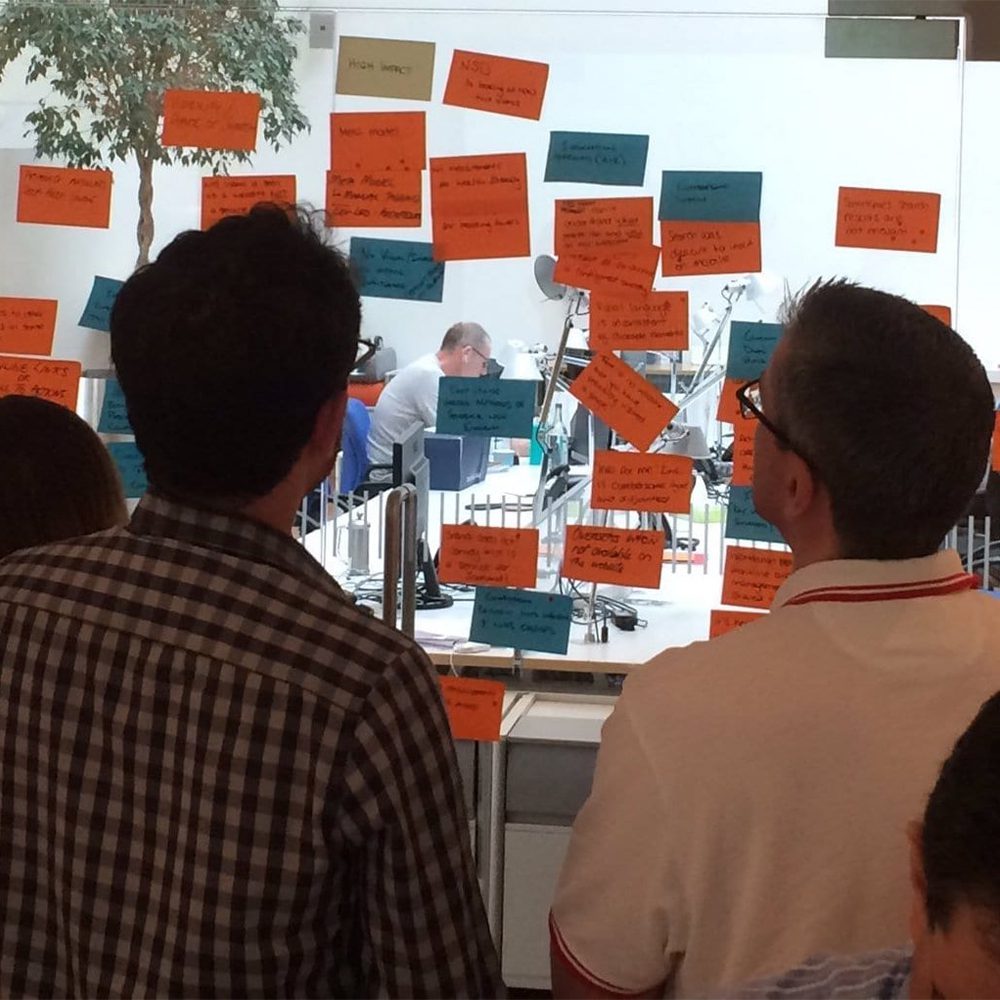
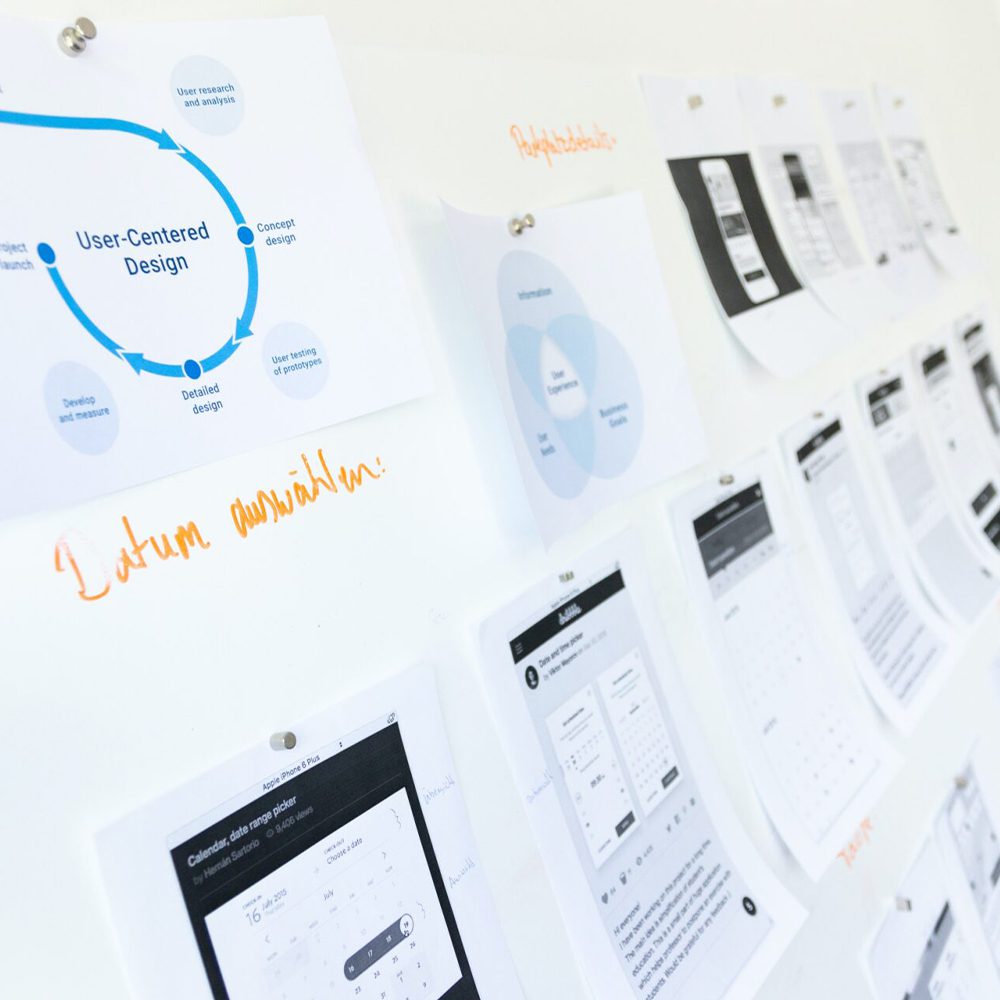
2. Conduct secondary research
- Business analysis
- Competitor analysis
- Tracking tool testing
- Data analysis (e.g. search, analytics, customer, sales, etc,)
- Target audience segmentation (by behaviour and/or intent)
- Persona development
3. Conduct primary research
- Top task analysis
- Best practice reviews
- Evaluative research and testing (with prospects, customers and lost leads)


4. Develop hypotheses and test plans
- Problem statements and hypotheses
- Research and testing plans
- Prototyping and content development
- Participant recruitment and screening
- Research and testing reports
5. Collaborate effectively
- Research backlog
- Periodic reporting
- Ongoing optimisation recommendations
- Ad-hoc support
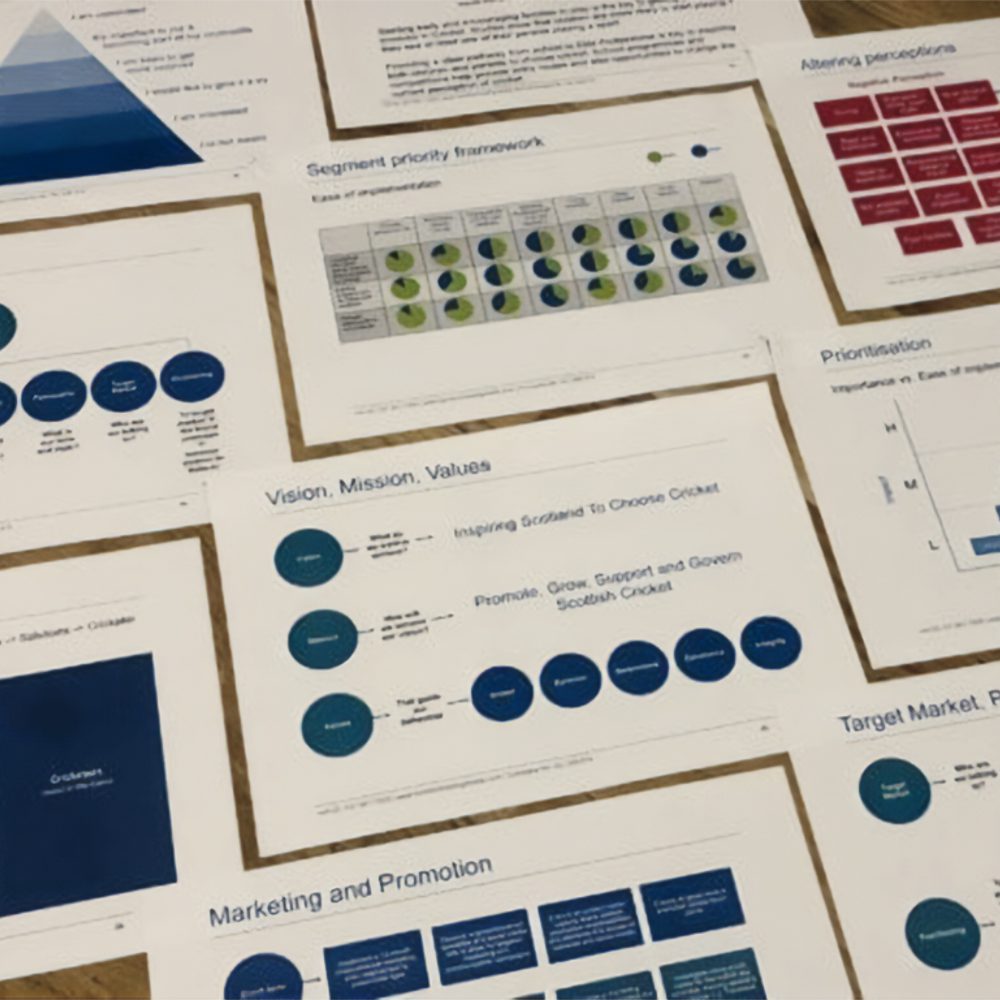
Radically improve transactions by adopting a user centred approach to conversion rate optimisation.
Want to discuss conversion rate optimisation?
Talk to a user experience specialist about continuously improving your key touch points and processes.